COMPLETE TRAINING SYSTEM FOR STUDY OF DISCRETE COMPONENTS AND BASIC ELECTRONIC CIRCUITS, OSCILLATORS AND ACTIVE FILTERS
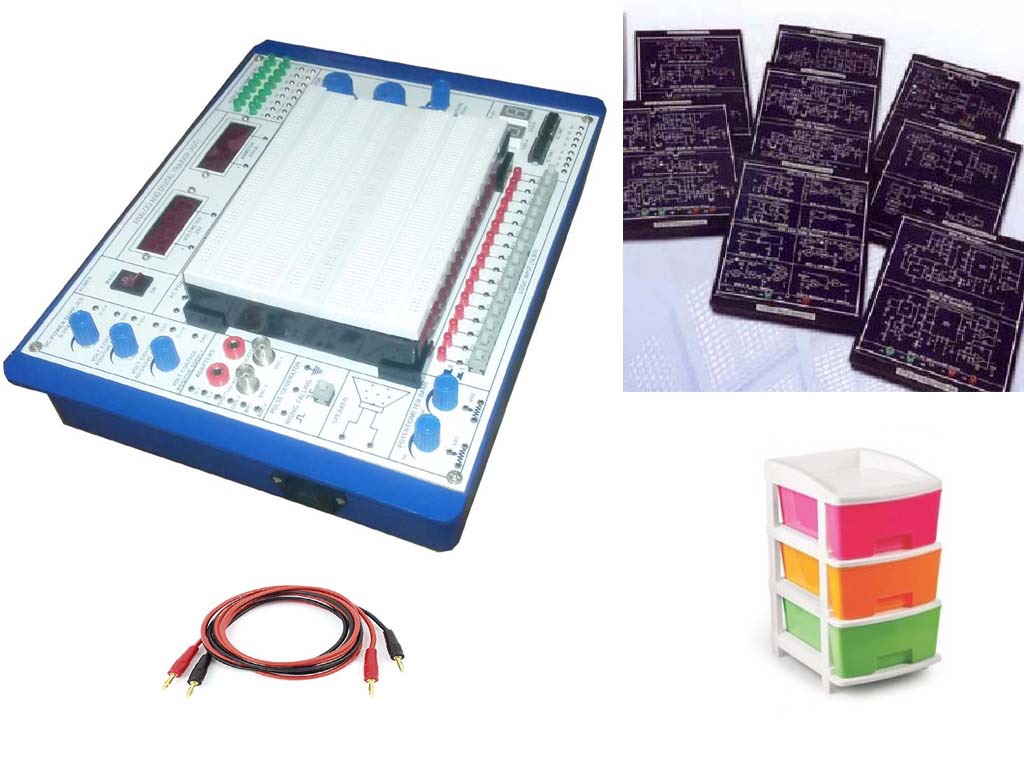
Order Code: 24257358.1.9
Category: General Lab Equipment V
Covers the following electronic components and their characterstics. Diode characteristics Exercise 1: Diode as a valve in a circuit Exercise 2: Static recording of the current-voltage characteristics Exercise 3: Dynami...
SPECIFICATION
Covers the following electronic components and their characterstics.
Diode characteristics
-
Exercise 1: Diode as a valve in a circuit
-
Exercise 2: Static recording of the current-voltage characteristics
-
Exercise 3: Dynamic representation of the current- voltage characteristic
-
Exercise 4: The differential resistance of diodes
Single-pulse rectifier circuit M1U
-
Exercise 1: The output voltage Vout(t) for an ohmic load
-
Exercise 2: The output voltage as a function of the load capacitor
-
Exercise 3: The output voltage as a function of the load resistor
-
Exercise 4: Determining the reverse voltage
Two-pulse midpoint rectifier M2U
-
Exercise 1: The output voltage vout(t) for an ohmic load
-
Exercise 2: The output voltage as a function of the charging capacitor
-
Exercise 3: The output voltage as a function of the load resistor
-
Exercise 4: Determining the reverse voltage
Two-pulse bridge-rectifier circuit B2U
-
Exercise 1: The output voltage v out (t) for an ohmic load
-
Exercise 2: The output voltage as a function of the charging capacitor
-
Exercise 3: The output voltage as a function of the load resistor
-
Exercise 4: Determining the diode current
-
Exercise 5: Determining the reverse voltage across the diode V1
Smoothing and filtering
-
Exercise 1: Representing the ripple voltage on the load voltage
-
Exercise 2: The ripple voltage as a function of charging capacitor and load resistor
-
Exercise 3: Measuring and calculating the ripple voltage
-
Exercise 4: The influence of an RC filter on the ripple voltage
LED characteristic
-
Exercise 1:Dependence of the emittence of light from an LED on the polarity of the operating voltage
-
Exercise 2:Static current-voltage characteristic IF = f(VF) of a red LED and of an infrared? LED
-
Exercise 3: Dynamic representation of the current- voltage characteristic IF = f(UF) of a red, an infrared and a green LED
-
Exercise 4: Threshold voltages of LEDs
Zener diode characteristics
-
Exercise 1: Static current-voltage characteristic IZ= f(VZ) of Zener diode
-
Exercise 2: Dynamic representation of the current- voltage characteristic IZ= f(VZ) of a Zener diode
-
Exercise 3: Determining the working point P(VZ, IZ)
-
Exercise 4: Differential resistance of Zener diodes
Voltage stabilization with Zener diode
-
Exercise 1: Representing the output voltage characteristic V out= f(V in ) as a function of the selected Zener diode
-
Exercise 2: Influence of load resistance and load current on the output voltage
-
Exercise 3: Stabilizing a pulsing dc voltage Exercise 4: Calculating the stabilization factors
VDR characteristic
-
Exercise 1:Static recording of the current-voltage characteristic I = f(V) of a voltage-dependent resistor
-
Exercise 2: Determine the operating point P(V VDR ,I)
-
Exercise 3:Dynamic representation of the current-voltage characteristic I = f(V) of a voltage-dependent resistor.
-
Exercise 4: Using the VDR as a voltage limiter
Transistor input characteristic
-
Exercise 1: Base-emitter diode characteristic for open collector
-
Exercise 2: Influence of the collector voltage on the input characteristic
-
Exercise 3: Static and differential input resistance
Control characteristic with current amplification
-
Exercise 1:Representing the relationship IC(IB) with VCE as parameter, i.e.VCE = constant
-
Exercise 2: Static current amplification
-
Exercise 3: Dynamic current amplification
-
Exercise 4:Transposing the operating point inside the characteristic fields IB(VBE), IC(IB) and IC(VCE)
Transistor output characteristic
-
Exercise 1:Measurement method for determining the relation between VCE?and I C
-
Exercise 2:Recording the parameters in tables
-
Exercise 3:Representing the parameters in the output characteristics field
Common emitter
-
Exercise 1:Setting the working point
-
Exercise 2:Voltage division and dc losses
-
Exercise 3:Working point stabilization
Emitter Amplifier
-
Exercise 1:Voltage gain
-
Exercise 2:Current gain
-
Exercise 3:AC power
Negative current feedbackin the emitter amplifier
-
Exercise 1Influence of the emitter capacitor C E on the voltage gain
-
Exercise 2: Frequency response of the voltage gain
-
Exercise 3:m Overdrive
-
Exercise 4:Input resistance
Common base
-
Exercise 1: Working point setting and function of common base
-
Exercise 2: Input resistance and gain factors
-
Exercise 3: Phase and HF properties
Common Collector
-
Exercise 1:Working point setting and stabilization
-
Exercise 2:Gain factors
-
Exercise 3:Input and output resistances for ac current
Transistor as switch
-
Exercise 1:Transistor with control circuit and switching circuit - current gain
-
Exercise 2:Base current for reliable switching
-
Exercise 3: Power losses of a switching transistor
-
Exercise 4:Control with square-wave generator
Characteristics of a FET
-
Exercise 1:Self-conduction of the depletion layer FET
-
Exercise 2:Working ranges for control voltage and current
-
Exercise 3:Output characteristics field with VGS as parameter
-
Exercise 4:Input characteristic with VDS as parameter
Interpreting the characteristics of a FET
-
Exercise 1:Displaying output characteristics with the oscilloscope
-
Exercise 2:Transferring the oscillogram to a scaled output characteristics field
-
Exercise 3:Determining the dynamic output resistance rout?at different working points
-
Exercise 4:Displaying input characteristics with the oscilloscope
-
Exercise 5:Transferring the oscillogram to a scaled input characteristics field
-
Exercise 6:Determining the slope S for different working points
Properties of phototransistors
-
Exercise 1:Photocurrent resulting from radiant exposure to an LED
-
Exercise 2:Spectral sensitivity of the phototransistor
-
Exercise 3:Qualitative examination of the characteristic
Optocoupler with phototransistor and LED
-
Exercise 1: Principle of dc decoupling by means of an optocoupler
-
Exercise 2: Working point conditions
-
Exercise 3: Discrete optocoupler acting as a pulsating voltage amplifier
-
Exercise 4: Frequency response
Diac characteristic and application
-
Exercise 1: Representation of the current/voltage characteristic I = f(V)
-
Exercise 2:Determining the positive and negative breakdown voltage Vr, F, VBr,R
-
Exercise 3:Determining the residual voltages VF, VR and the return voltages VF, VR
-
Exercise 4: Generating trigger pulses for triac control
Thyristor characteristics
-
Exercise 1: Thyristor as a controllable valve
-
Exercise 2: Dynamic representation of the current- voltage characteristic IG= f (VG) of the gate cathode path.
-
Exercise 3: Dynamic representation of the current- voltage characteristic IF= f(VF)
Thyristor in dc circuit
-
Exercise 1: Determine typical values for thyristor triggering
-
Exercise 2: Measure the minimum current necessary for operation
-
Exercise 3: Turning off a thyristor by means of capacitor discharge
Thyristor in ac circuit
-
Exercise 1: Representing the voltage curve VL at the load and the characteristic of the gate current IG
-
Exercise 2: Determine the trigger angle and the current flow angle from the VL voltage curve
-
Exercise 3: Representing the voltage curves of VT and VL for > 90°
Triac characteristic
-
Exercise 1: Oscillogram of the triac characteristic for specified gate current
-
Exercise 2: Representing the triac as an anti-parallel circuit of two thyristors
-
Exercise 3: Dependence of the triac voltage VT= VA2, A1 on the gate current IG
Phase control with triac
-
Exercise 1: The operating principle of the triac as a controllable valve
-
Exercise 2: Setting the control angle
-
Exercise 3: Function of the trigger pulse circuit Discrete Components:
-
1 Resistor 10 ohm, 2 W
-
1 Resistor 100 ohm, 2 W
-
1 Resistor 330 ohm, 2 W
-
1 Resistor 470 ohm, 2 W
-
1 Resistor 1 kohm, 2 W
-
1 Resistor 1.5 kohm, 2 W
-
1 Resistor 2.2 kohm, 2 W
-
1 Resistor 3.3 kohm, 2 W
-
1 Resistor 10 kohm, 0.5 W
-
1 Resistor 47 kohm, 0.5 W
-
1 Resistor 100 kohm, 0.5 W
-
1 Resistor 1 Mohm, 0.5 W
-
1 Potentiometer 1 kohm, 1 W
-
1 Potentiometer 10 kohm, 1 W
-
1 Potentiometer 100 kohm, 1 W
-
1 Voltage dependent resistor
-
1 Capacitor 100 pF, 160 V
-
1 Capacitor 22 nF, 100 V
-
1 Capacitor 0.1 µF, 100 V
-
1 Capacitor 1 µF, 100 V
-
1 Capacitor 2.2 µF, 63 V
-
2 Capacitors 4.7 µF, 63 V
-
1 Capacitor 10 µF, 35 V
-
1 Capacitor 47 µF, 40 V
-
1 Capacitor 100 µF, 35 V
-
1 Capacitor 470 µF, 16 V
-
1 Light emit. diode infrared, lateral
-
1 Ge diode AA 118
-
4 Si diodes 1N 4007
-
1 Z diode ZPD 9.1
-
1 Z diode ZPD 6.2
-
1 LED1, green, top, LEGED 1 LED1, green, top, LEGED
-
1 LED red, lateral
-
1 Diac BR 100
-
1 Photo-diode BPX 43
-
1 Transistor BD 137 (NPN), e.b.
-
1 Fe-transistor BF 244
-
2 Thyristors TYN 1012 1 Triac BT 137/800
-
1 Inductance 33 mH
-
2 Lamp holders E10, top 2 Key switch, single-pole
-
1 Set 10 incand. lamps 12 V/3 W, E10
-
1 Tray
-
2 Capacitors 4.7 µF, 63 V
-
1 Capacitor 10 µF, 35 V
-
1 Capacitor 47 µF, 40 V
-
1 Capacitor 100 µF, 35 V
-
1 Capacitor 470 µF, 16 V
-
1 Light emit. diode infrared, lateral 1 Ge diode AA 118
-
4 Si diodes 1N 4007
-
1 Z diode ZPD 9.1
-
1 Z diode ZPD 6.2
-
1 LED1, green, top, LEGED 1 LED1, green, top, LEGED 1 LED red, lateral
-
1 Diac BR 100
-
1 Photo-diode BPX 43
-
1 Transistor BD 137 (NPN), e.b.
-
1 Fe-transistor BF 244
-
2 Thyristors TYN 1012 1 Triac BT 137/800
-
1 Inductance 33 mH
-
2 Lamp holders E10, top 2 Key switch, single-pole
-
1 Set 10 incand. lamps 12 V/3 W, E10
-
1 Tray
-

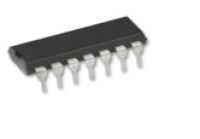
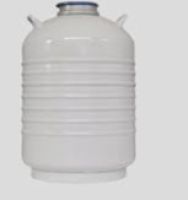
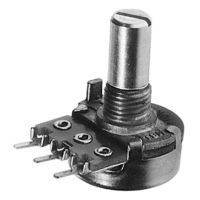
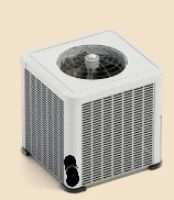
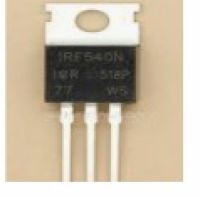
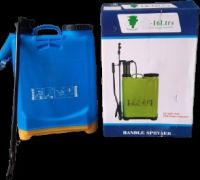

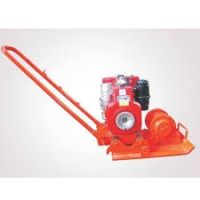
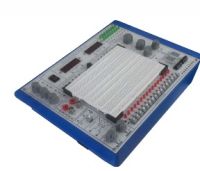

 91-9829132777
91-9829132777